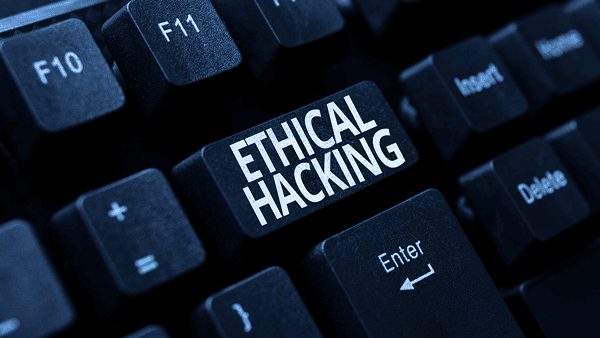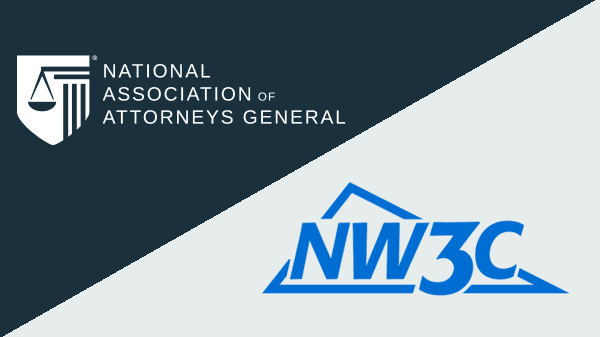-
 Coeditor, The Anticorruption Manual: A Guide for State ProsecutorsDirector, NAGTRI Center for Ethics and Public Integrity
Coeditor, The Anticorruption Manual: A Guide for State ProsecutorsDirector, NAGTRI Center for Ethics and Public Integrity
This article is part of a series about The Anticorruption Manual: A Guide for State Prosecutors. The other articles in the series are:
- The Anticorruption Manual: Helping State Corruption Prosecutors Fill the Role the U.S. Supreme Court Expects Them to Play
- Section I: Species of Corruption
- Section II: Investigating Corruption Cases
- Section III: Criminal Corruption Statutes
- Section V: Ethical & Strategic Considerations in Corruption Cases
- Section VI: Civil & Administrative Enforcement, Asset Forfeiture, & Collateral Consequences of Corruption
Section Four of the Anticorruption Manual addresses the corruption trial and defenses that are likely to be used in corruption cases.
Chapter 4.1: Addressing the Jury in a Public Corruption Trial
The section starts with a chapter that addresses both strategic and ethical issues for jury addresses in corruption cases. This chapter emphasizes prosecutors’ obligation to seek justice, and highlights some requirements imposed by the Constitution, including prohibitions on commenting on the defendant’s right to remain silent (during both the investigation and the trial) and on shifting the burden of proof to the defendant.
The chapter also discusses the strategic opportunity to set the stage for the trial with the opening statement, including by generally summarizing key evidence the jury is expected to hear. The large body of caselaw addressing permissible and impermissible closing arguments is discussed in detail. The chapter also briefly addresses rebuttals, noting that a good practice is to predict, as much as possible, the likely themes in the defense closing argument and be prepared to rebut them.
Chapter 4.2: Introducing Complex Data at Trial
Corruption trials often involve complex data such as bank records or telephone records. Former federal prosecutors Steve Grimes and Jeff Perconte contributed a chapter that addresses how to present this data. Their chapter discusses how and when to use either summary charts or demonstrative aids, including: (1) the rules of evidence that govern admissibility of each of these tools; (2) potential defense objections; and (3) strategic advantages and disadvantages.
Chapter 4.3: Defenses in Public Corruption Cases
A comprehensive chapter written by Wayne State Law School Professor Peter Henning, who wrote The Prosecution and Defense of Public Corruption, outlines likely defenses in public corruption cases. Professor Henning explores a wide range of issues, including (1) defenses related to cooperating witnesses and informants; (2) arguments that illicit-appearing payments were made for innocent reasons; (3) rules related to the admissibility of character evidence; (4) the “official act” defense under McDonnell v. United States; (5) entrapment or “outrageous government conduct;” (6) advice-of-counsel defenses; and (7) defenses under the speech or debate clause in federal or state constitutions.
The goal of Section Four of The Anticorruption Manual is to help readers understand:
- The general rules governing opening statements, closing arguments, and rebuttal arguments in corruption cases, including potential constitutional or ethical issues that could arise.
- How to introduce or show to the jury complex data using summary charts or demonstrative aids, and the potential defense arguments that may arise when using either approach.
- Likely criminal defenses that may be mounted during corruption cases, and how to reduce the opportunity for, or effectiveness of, these defenses.
The next article in this series will discuss ethical considerations relating to the investigation and prosecution of corruption cases, including the timing of bringing charges and statements to the media or the public.




